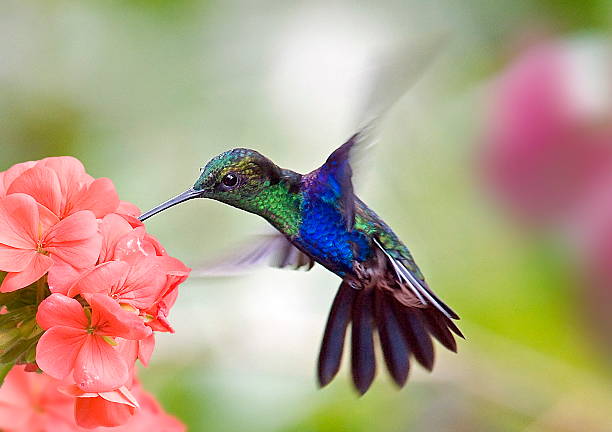What is a backyard habitat? Most backyards already have what it takes to encourage some wildlife to visit, but little additions can bring specific wildlife to your backyard. Let’s say birds are what is needed to bring your backyard to life. What could be done to make this happen?
All living things need food to survive. When creating a sustainable backyard habitat for birds, the food source is a major decision maker. No food, no life. Staying close to what nature provides is the best choice when establishing a food source. Bird feeders are a fun and easy way to provide food for birds and allow you to observe and enjoy their presence while they are feeding. Bird feeders should only be supplied with feed that is a part of the bird’s natural diet. Some birds prefer nectar and insects. Planting native plants to provide a food source for birds is also a good choice.
Water is another major source for survival. Not only does water have a life sustaining use, it is also a source to help birds keep clean. A simple birdbath would fulfill this need. Try to place the birdbath near scrubs or trees to allow birds a safe escape from predators and also provide shelter from warmer temperatures. The water level of the birdbath should be no more than three inches deep. This allows smaller birds access to the water. The birdbath needs to be kept clean in warm weather and free of ice in the winter. Another water source is a container water garden, which is a small above ground pond. This would allow you to create your own backyard oasis for not only birds, but other living things such as insects, fish, plants, etc. Add a bench and bring a book, and this could be a really relaxing area for you and the birds.
Food and water are a good start to your habitat. Providing shelter and a safe place for birds to lay eggs and raise their young will make your habitat complete. It could be as simple as hanging a nesting box. Check that the box is well constructed and contains these basic features:
• Constructed of natural untreated wood (pine, cedar or fir)
• Lumber for walls that is at least ¾ of an inch thick to provide insulation
• An entrance hole of the appropriate size to allow desired birds to enter but keep larger birds out
• An entrance that is the correct distance from the floor to accommodate the nest
• An extended and sloped roof to keep the rain out
• A recessed floor and drainage holes to keep the interior dry
• Rough or grooved interior walls to help fledglings exit
• Ventilation holes to allow the interior to remain cool
• A side or top panel that opens to allow easy access for monitoring and cleaning
• No outside perches, which aid predators and other harassing birds
Food, water, shelter, and a place to raise their young will make your backyard an ideal place for a bird to drop by and maybe stay a while.
Forestry and Wildlife Roundtable, May 9th, 2024. | LEARN MORE • Fence Construction Basics, Thursday, May 9th 2024. Please call the OSU Extensions office for registration and information 740-670-5315. • We will be on Live At Noon on Tuesday, May 14, 2024 with Robert. • Our next board meeting will be on Tuesday, May 14, 2024 at 5:00pm.
